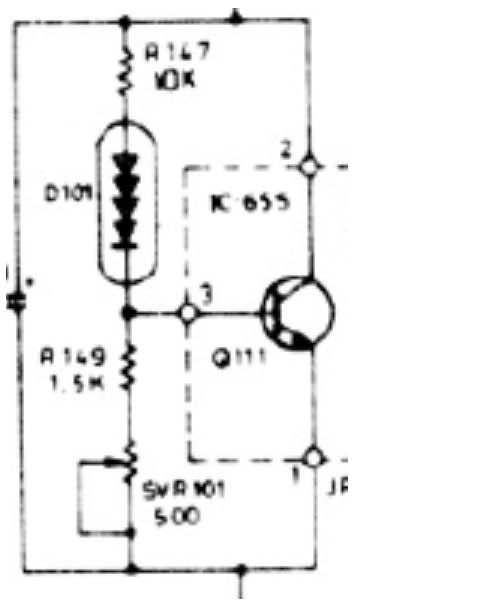dr*audio
Fish fingers and custard!
>probably to use a transistor
It is more than the output trans in some cases . You need to count the number of b-e juctions the diodes are biasing. We need to compensate for the sum total b-e.
Right. Sometimes a diode is added in series with the bias tracking transistor, though not mounted on the heatsink. Sometimes a Darlington transistor is used.







